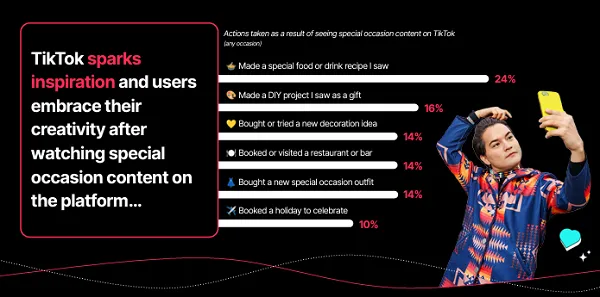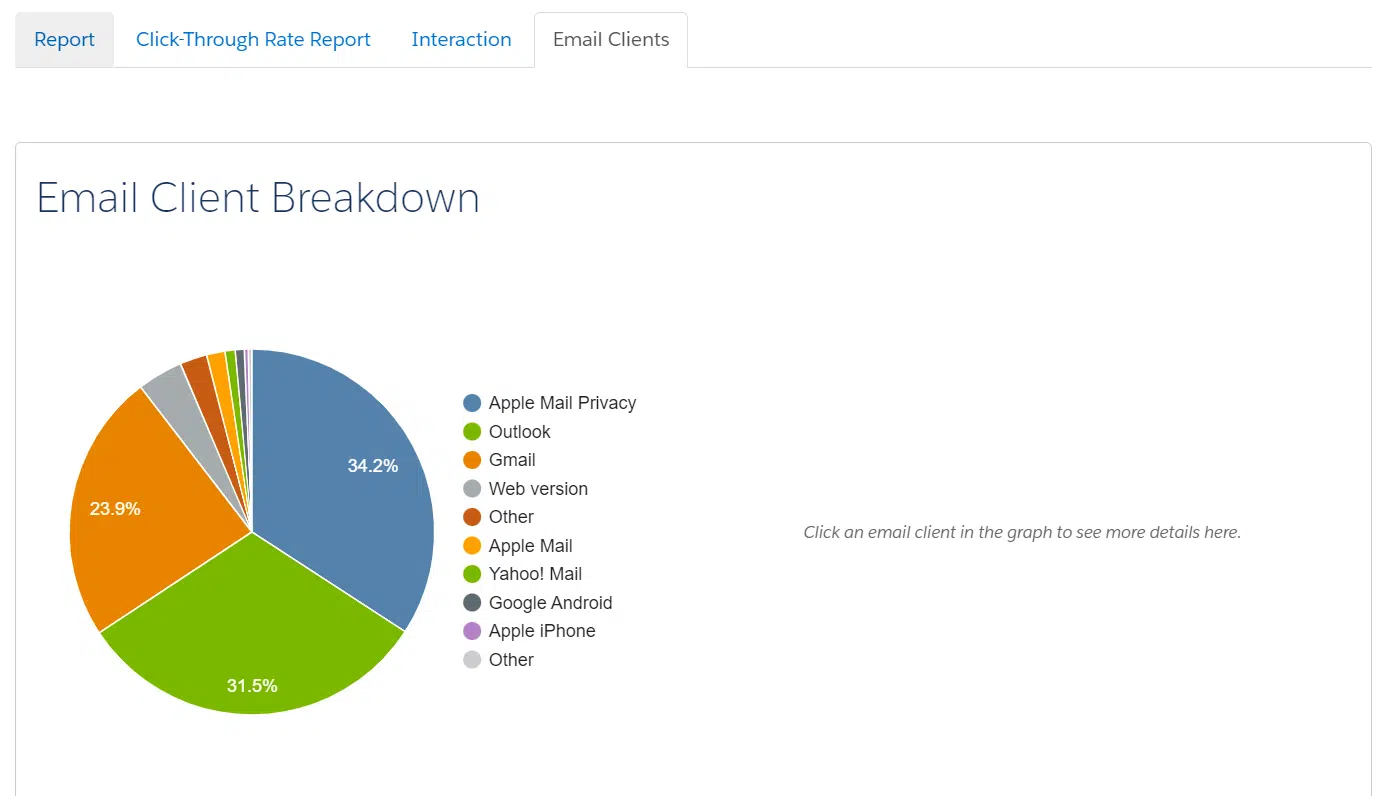Where does commitment at work come from? What leads someone to join a team, put forth maximum effort on the job, care deeply about the work and stay with an organization over time?
I’ve spent the better part of 15 years answering this question. My answer reflects a wide-ranging body of social science and organizational development research, my own work studying commitment and helping leaders create engagement on teams across the U.S., and a mountain of anecdotal evidence from leaders and workers alike. Being able to clearly articulate where commitment in the workplace comes from in an evidence-based way has been my life’s work to date. And so I present to you now, dear reader, the culmination of that work:
Commitment appears when employees get to do their Ideal Job, doing Meaningful Work, for a Great Boss.
These three concepts—which I will call “factors”—provide the blueprint to getting employees to join, stay, care and try. They are the recipe for turning your organization into a destination workplace. When each employee working for you enjoys their Ideal Job, doing Meaningful Work, for a Great Boss, the benefits to your organization are many.
Let’s briefly examine these factors one at a time.
Ideal Job
The first factor is what I get, as an employee, in exchange for my employment. Do the nuts and bolts of the job— the financials, schedule, workload and work arrangement— fit into my life in an ideal way? At a time when so many have prioritized working to live over living to work, a job has become one puzzle piece in a larger picture. When it snaps into place perfectly, bringing the rest of the image to life, commitment gains energy. Though every person is different and there are numerous ingredients to a role being someone’s Ideal Job, there are three dimensions to the Ideal Job factor: compensation, workload, and flexibility.
Meaningful Work
The second factor is what employees experience in the course of doing their work, day in and day out. A nearly endless parade of research over the last three decades has made it clear that there are a handful of experiences employees must have in their work that have a direct influence on commitment. For example, we know that believing in the mission or purpose of a company holds tremendous sway over employee commitment. So, too, does believing that our individual contributions are valued, as does taking on work that unleashes our unique gifts and creativity. To compartmentalize many of these findings into something easy to translate, I’ve identified three dimensions to the Meaningful Work factor: purpose, strengths and belonging.
Great Boss
The third factor is the person or persons responsible for overseeing an employee’s day-to-day work. Direct supervisors are the single most influential factor in the employee experience. Years of research suggest that bosses are the biggest reason someone leaves a job or stays. If an employee consistently has a psychologically fulfilling experience in the workplace, it’s because their boss helps facilitate it. In fact, Gallup found that the team leader alone accounts for 70 percent of the variance in a team’s engagement.
Make no mistake: commitment comes from better bosses. And there are dozens (and dozens and dozens) of things a leader must do well to be a Great Boss. Genuinely caring about each employee as a person and about their career path is crucial. So are competence, visibility, support, humility, approachability, vulnerability…Once again, to create a digestible, usable model, I’ve distilled these dynamics into three dimensions. To earn the label of Great Boss, a leader must engage in coaching, trust and advocacy.
Each of these nine dimensions that make up our three factors will be the focus of its own chapter. But the first thing to understand is that these three factors—Ideal Job, Meaningful Work and Great Boss—work together to create a destination workplace. When they are each consistently present in the employee experience, commitment appears. That commitment, in turn and across a team, produces a multitude of desired business results, including retention, reputation and revenue.
Excerpted with permission from Employalty: How to Ignite Commitment and Keep Top Talent in the New Age of Work, by Joe Mull (Page Two, May 2023).
The post The 3 Factors Of ‘Employalty’ appeared first on ChiefExecutive.net.





































































